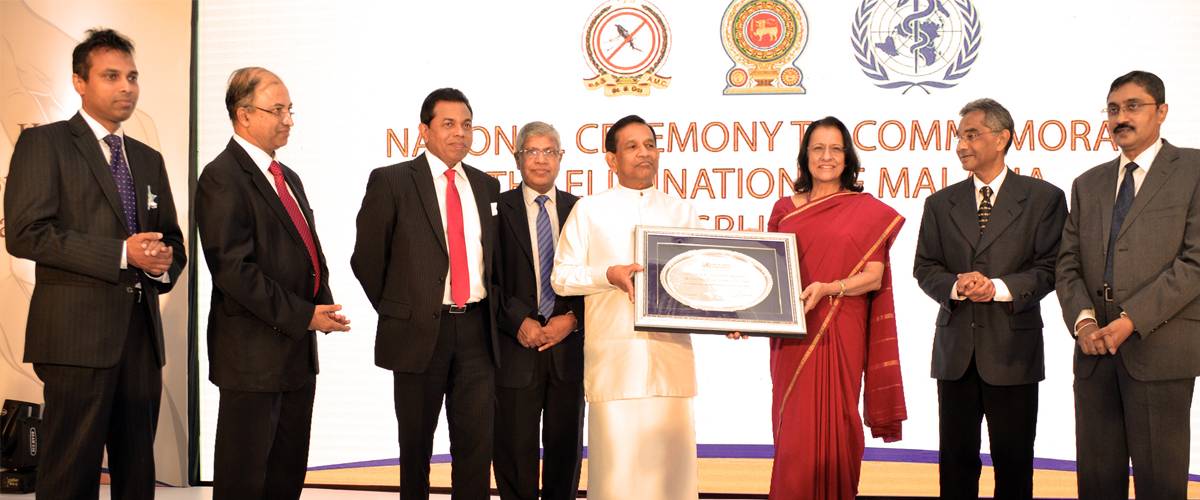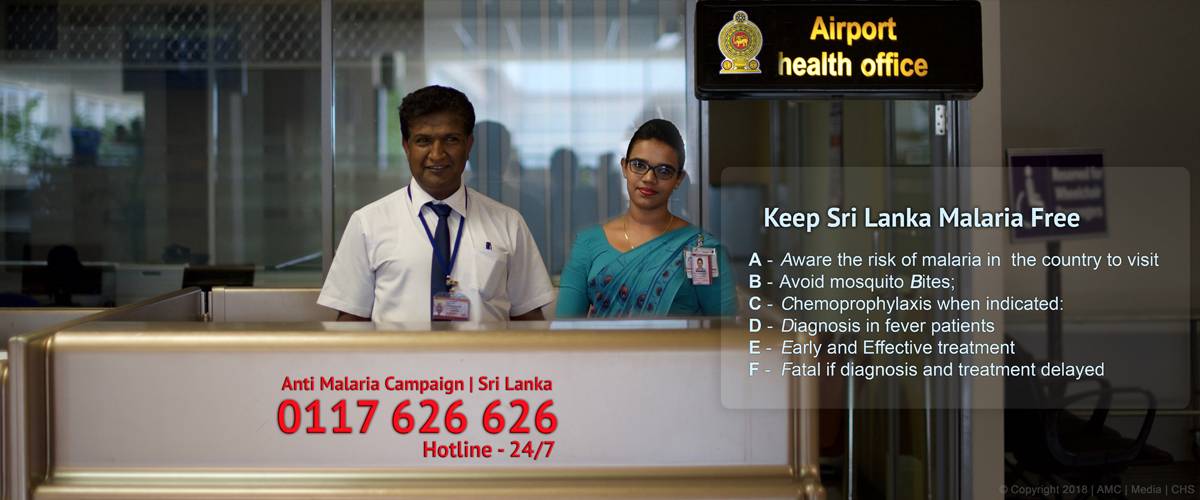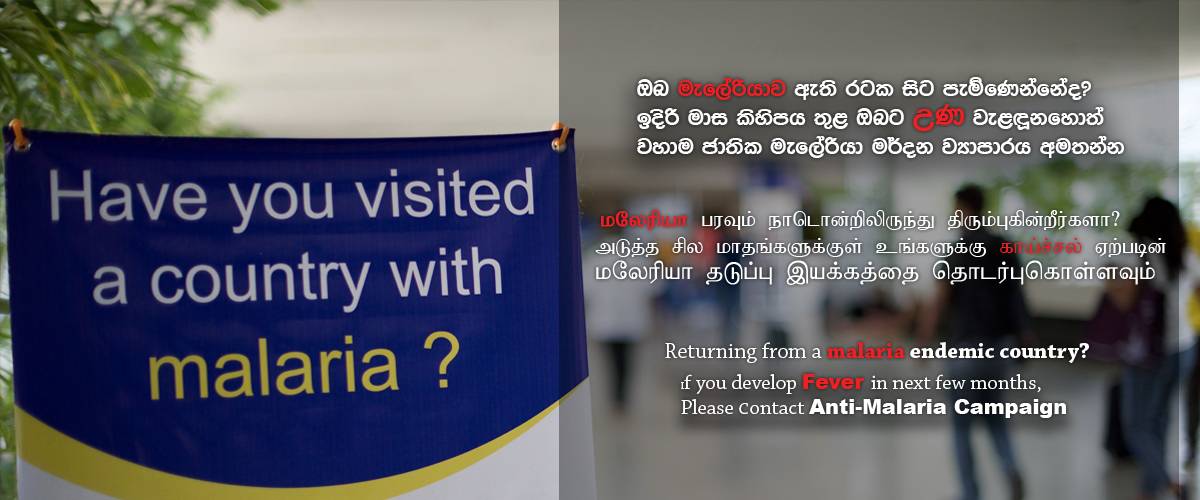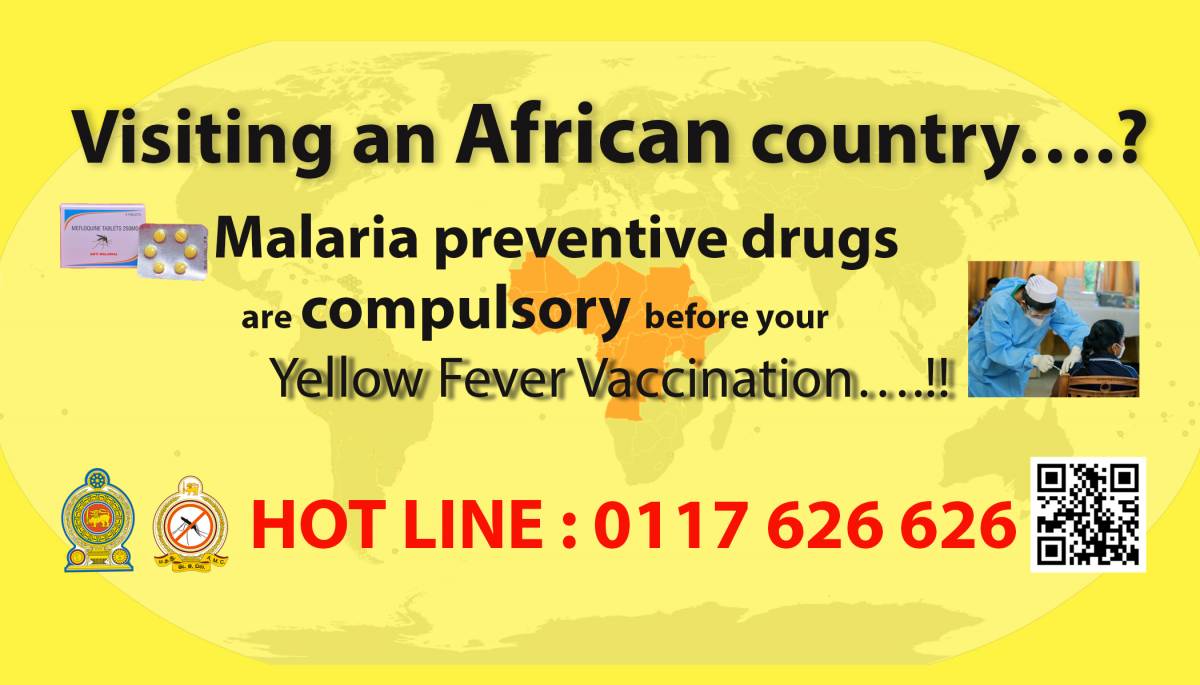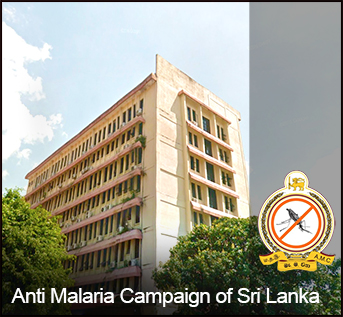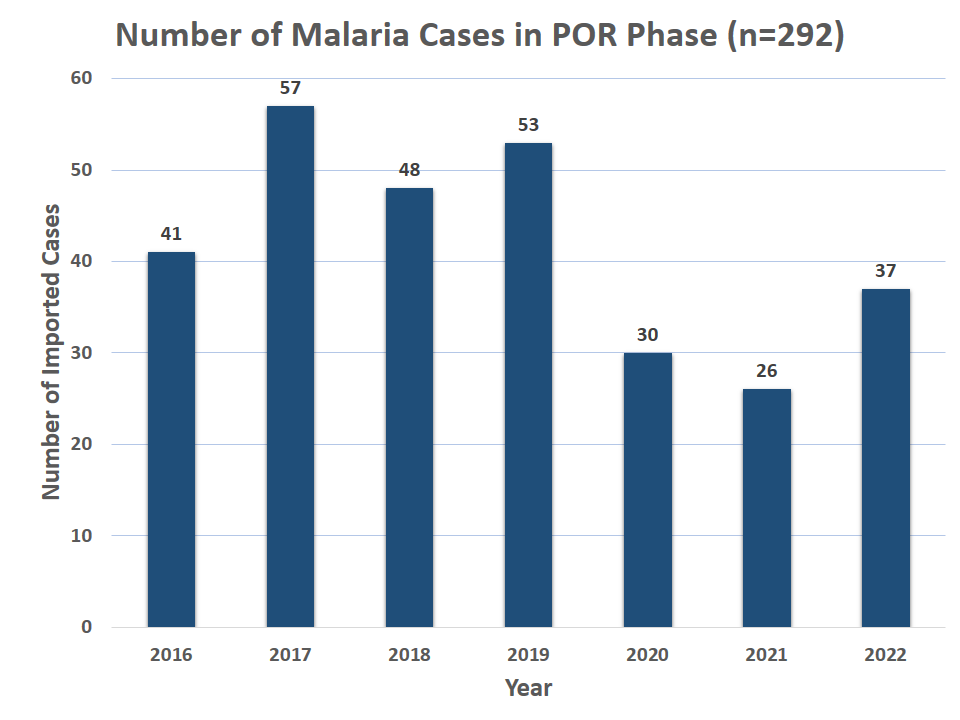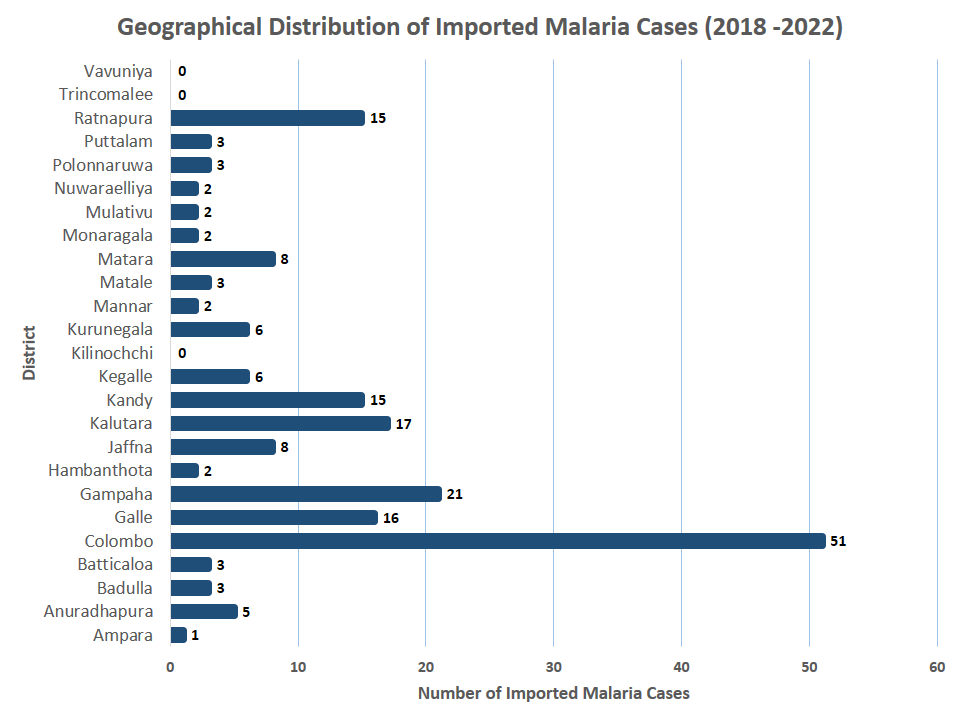World Malaria Day 2021
World Malaria Day which falls on 25th April every year is widely recognized and celebrated around the world for the achievements in reducing the global burden of Malaria. Sri Lanka too proudly celebrates this years’ World Malaria Day in the 9th consecutive year as a Malaria free country. The Anti-Malaria Campaign of the Ministry of Health wishes to invite all Sri Lankans to support the national endeavour of keeping the island free of Malaria.
World Malaria Day which falls on 25th April every year is widely recognized and celebrated around the world for the achievements in reducing the global burden of Malaria. Sri Lanka too proudly celebrates this years’ World Malaria Day in the 9th consecutive year as a Malaria free country. The Anti-Malaria Campaign of the Ministry of Health wishes to invite all Sri Lankans to support the national endeavour of keeping the island free of Malaria. Malaria is a deadly disease and a devastating disease with not only individual implications but also national level impact. For example, during the 1933 – 1934 epidemic, when the disease was highly prevalent in the country, more than 1.5 million people got infected and 82000 died. The debilitation that followed was immense and affected their livelihoods, impacting the social and economic aspects.
Sri Lanka once reached near elimination in 1963, with only 17 malaria patients in the country. However, we were unable to sustain this success. Learning from our past experiences, the Anti - Malaria Campaign, supported by all its stakeholders strengthened the activities to prevent the re-introduction of Malaria to the country since elimination in 2012.
However, Sri Lanka is constantly at risk of getting malaria back due to the large number of people travelling to and from countries having malaria and due to the presence of mosquitoes capable of transmitting the disease in most parts of the country. Each year around 50 cases of malaria are reported from various parts of the country among these travellers. If these cases of imported malaria are not detected early and treated promptly, there is an enormous risk of malaria being reestablished in Sri Lanka.
Public support through awareness is of great importance in keeping Sri Lanka malaria-free. In the year 2020, due to the COVID – 19 pandemic, carrying out malaria prevention activities was a challenge. However, these challenges were overcome through measures such as, screening of all returnees from malaria-endemic countries at quarantine centres and keeping the area around quarantine centres free of malaria vector mosquitoes.
World Malaria Day 2021 | Press Briefing
World Malaria Day 2021 | Rupawahini Programme


